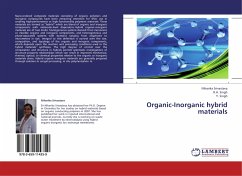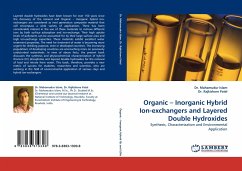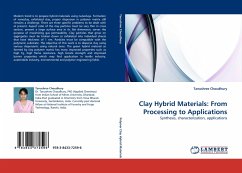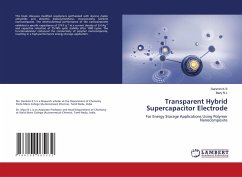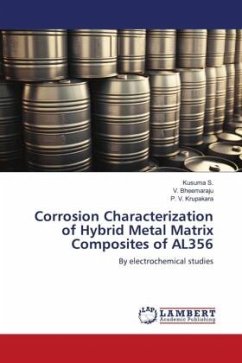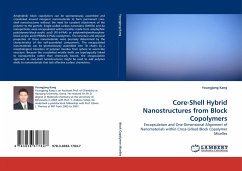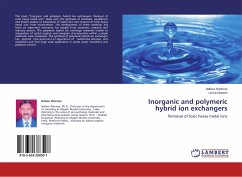
Chemistry of Hybrid Materials
A new route towards titanium-based hybrid materials
Versandkostenfrei!
Versandfertig in 6-10 Tagen
52,99 €
inkl. MwSt.

PAYBACK Punkte
26 °P sammeln!
The possibility of combining the dissimilar properties of organic and inorganic components in one material has been an old challenge in industrial development. These unique combinations, called organic-inorganic hybrid materials, propose unlimited combinations of components to create versatile materials with known and some unknown properties. So far this field of science has not been studied with transition metals due to the fragile nature of transition metal-carbon bond towards hydrolysis. This work aimed to the preparation of titanium-based organic-inorganic hybrid materials where both netwo...
The possibility of combining the dissimilar properties of organic and inorganic components in one material has been an old challenge in industrial development. These unique combinations, called organic-inorganic hybrid materials, propose unlimited combinations of components to create versatile materials with known and some unknown properties. So far this field of science has not been studied with transition metals due to the fragile nature of transition metal-carbon bond towards hydrolysis. This work aimed to the preparation of titanium-based organic-inorganic hybrid materials where both networks are linked through stable titanium-carbon bonds. New self-assembled titanium-based class II hybrid materials were prepared in which the mode of organization of the nanostructures depends on the spacer bridging the cyclopentadienyl groups. The calcination of these materials under oxygen led to the formation of nanoporous anatase titanium dioxide the crystallinity and surface area of whichdepend on the calcination temperature. Similarly titanium dioxide thin films were prepared by the calcination of hybrid thin films prepared by spin coating.



